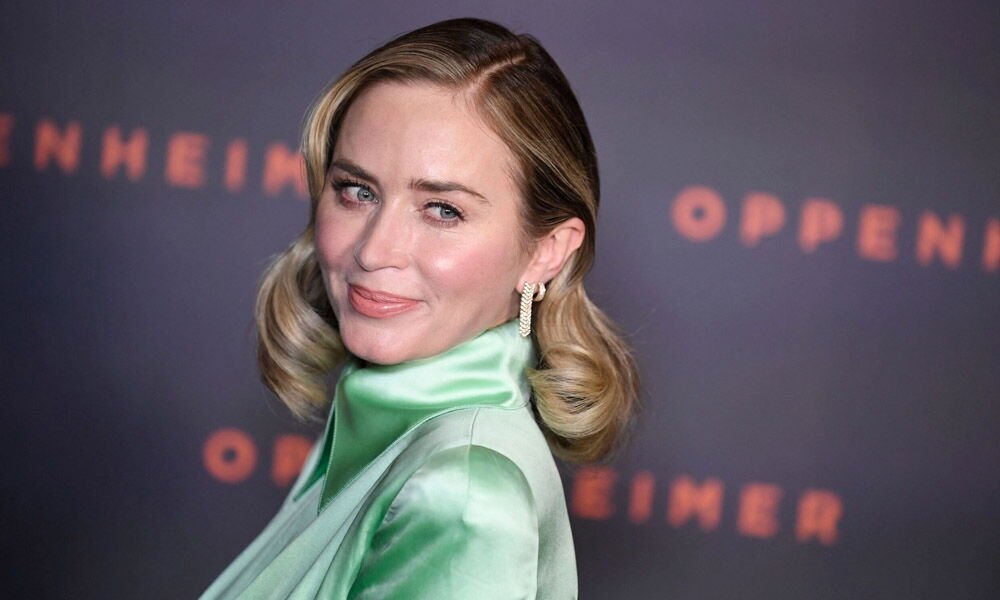Early Life and Education
J. Robert Oppenheimer was born in New York City to rich German Jews on April 22, 1904. Mother Ella Friedman painted, and father Julius Oppenheimer was a renowned textile importer. Due to his affluence, Oppenheimer attended top schools, which sparked his intellectual curiosity. Harvard University awarded him a chemistry degree in 1925. He then studied under J.J. at Cambridge’s Cavendish Laboratory in Europe. Thomson and later obtained a Ph.D. in theoretical physics under Max Born at the University of Göttingen in 1927.
Academic Career and Contributions
Oppenheimer returned to the US and taught at Caltech and Berkeley. Quantum mechanics and electron and atom behaviour were his main contributions to theoretical physics. His work led to several physics advances and made him a leading scientist.
Manhattan Project and the Atomic Bomb
In WWII, Oppenheimer directed the Manhattan Project’s Los Alamos Laboratory. This government-led effort sought nuclear weapons before Nazi Germany did. The Los Alamos team built the first atomic weapons under his direction. The first successful atomic bomb detonation, the Trinity Test on July 16, 1945, led to the August 1945 bombings of Hiroshima and Nagasaki.
Post-War Career and Advocacy
After the war, Oppenheimer was recognised as the “father of the atomic bomb,” reflecting his key involvement in the project. He was director of Princeton’s Institute for Advanced Study from 1947 to 1966. He served on government committees in Washington, D.C., and campaigned for international nuclear energy control, recognising nuclear weapons’ hazards.
Security Hearing and Later Years
Oppenheimer was accused of being a security danger in the early 1950s during the Red Scare due to his communist past and opposition to the hydrogen bomb. These charges led to a 1954 security hearing that withdrew his security clearance, preventing him from obtaining military secrets. Oppenheimer was acquitted of treason, but his career and reputation suffered.
Personal Life
Peter and Katherine “Toni” Oppenheimer were born to her 1940 marriage to Katherine “Kitty” Vissering. The botanist Kitty supported Oppenheimer throughout his work and personal struggles. The family lived in Princeton, New Jersey, until Oppenheimer’s February 18, 1967, death at 62.
Legacy
Oppenheimer’s legacy is complex, mixing his scientific triumphs with nuclear weapons’ moral and ethical issues. He influenced science and sparked debate on scientists’ roles in developing life-changing technology.

FAQ
What was J. Robert Oppenheimer’s Manhattan Project role?
J. Los Alamos Laboratory director Robert Oppenheimer oversaw the Manhattan Project. He handled atomic bomb development and design, including the Trinity Test and Hiroshima and Nagasaki attacks.
Why was Oppenheimer deemed insecure?
In the 1950s Red Scare, Oppenheimer was accused of being a security risk for past communist ties and opposing the hydrogen bomb, resulting in a security hearing and clearance revocation.
Did Oppenheimer face legal consequences post-hearing?
In 1954, Oppenheimer was not found guilty of treason, but his security clearance was revoked, limiting his access to military secrets and impacting his career.
Who were J. Robert Oppenheimer’s children?
Oppenheimer and his wife, Katherine “Kitty” Vissering, had two children: Peter and Katherine “Toni” Oppenheimer.
Oppenheimer’s stance on nuclear weapons post-WWII?
Post-war, Oppenheimer pushed for international nuclear energy control, acknowledging nuclear weapons’ dangers and promoting non-proliferation policies.
When did J. Robert Oppenheimer die?
J. Robert Oppenheimer died on February 18, 1967, in Princeton, NJ, at 62.








